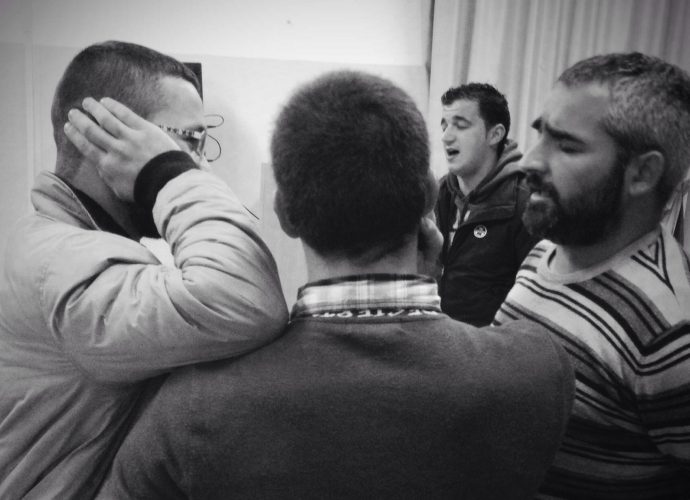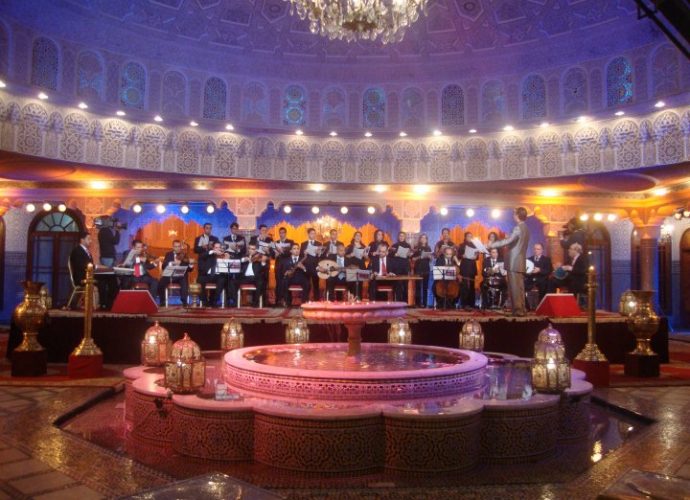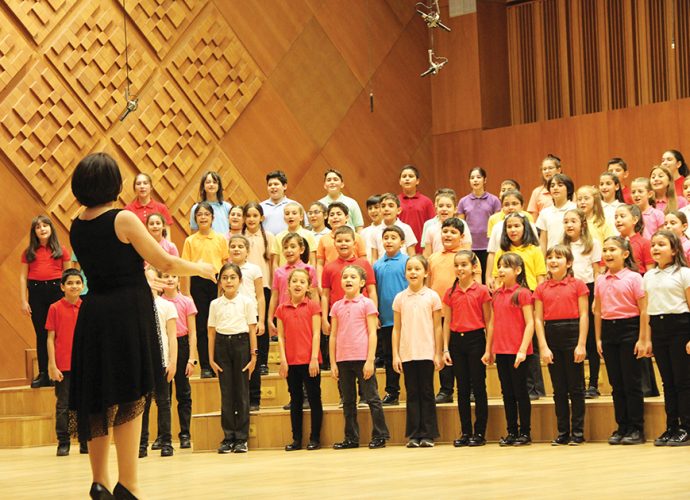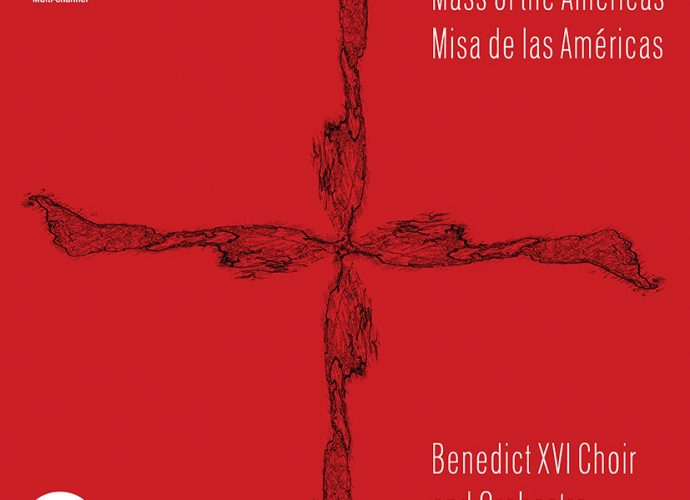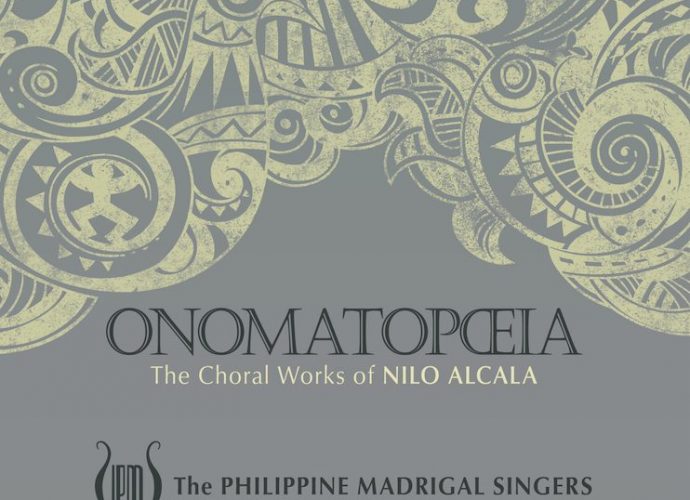Multipart Singing in Sardinia: Canto A Tenore (Page 5)
Roberto Milleddu, ethnomusicologist
Today in the central-northern region of Sardinia, you will find deeply rooted practices of multipart singing, following the oral tradition, that are being celebrated with great enthusiasm. They involve hundreds of people of different ages and social classes and encapsulate cultural values of community and identity.
As a matter of fact, these practices are linked to the culture of individual villages, or paesi, and constitute one of their salient and recognisable traits. These singing practices accompany important moments in people’s lives, such as the coming together of friends, celebrations, and important religious rituals like Holy Week.
Here we are talking about polyphonic arrangements in real parts for four male voices. They share similar structural characteristics but differ in some aspects relating to vocality (in particular, timbre) repertoire and contexts of use. The four voices in fact overlap, mainly to form root position chords (1-8-5-10), and usually move in parallel. In most of the villages these voices are named (from lowest to highest): bassu, còntra, boghe, and mesu boghe.
This structure brings together two key styles from the Sardinian tradition of polyphonic singing, which today, to put things very simply, are known as canto a tenore, in which the lowest parts are characterised by a deep, coarse, guttural sound, and canto a cuncordu, in which those voices have a natural sound.
These styles therefore make up two sides of the same coin. If we wish to distinguish them more clearly, we can say that, while the so-called canto a cuncordu lends itself towards the performance of religious texts (paraliturgies, liturgies, and devotions) the canto a tenore has an eminently more secular feel, leaning as it does towards love and satire, even social and political themes. This said, both styles are seen as having sacred and secular dimensions.

Cantare a tenore: the local dimension
As much as the expression cantu a tenore is today accepted as the description of the genre as a whole, it is good to be aware that this is only one of the many names that this singing is given amongst the different communities which describe it. Other descriptors, for example, are cuncordu, ussertu, cuntzertu, and consonu.
In fact, each village has its own particular style (or moda, traju, tràgiu, tradzu, or tratu, depending on the area) which makes its song distinct and unique. These styles result from differences in the areas of vocal emission, timbre, and the kinds of “nonsense” syllables employed, just as different typologies of singing differ in their rhythmic aspects and melodic models. This means that each community of the more than 70 in which this type of singing is common today expresses itself through the idiosyncrasies of its own singing, and that these idiosyncrasies are recognised by the broader community of singers and afficionados.
In as much as it is considered an expression of rural life, especially that of the central region of Sardinia, Barbagia (with its villages of Orune, Orgosolo, Bitti, Maoiada, Fonni, Lodè, Oniferi, and others), the genre is today widely practised by people of all ages, from all walks of life: shepherds, farmers, workers, professionals, teachers, etc.
How it is sung
Observing and listening to a performance of canto a tenore, we immediately note that, apart from the strong and unmistakeable timbric character, the central feature of this practice is the interplay created between the leading voice (called sa boghe, or la voce—“the voice”—by way of antonomasia) and the other three parts. This voice is in fact the only one to utter the words of the text, whereas the others accompany him with “nonsense” syllables (bim-bam-birambambò; bam-bam bambarà; lelle-re, etc). The sa boghe is expected to choose the text to sing, depending on whether it is an excerpt from an a sa seria or a dance (see below), and will put forward a solo line to which the other three voices will respond, alternating between the solo and chorus parts. The chorus parts will intervene to support the soloist with small melodic sections that vary depending on the style of the village. Of the four parts, normally the bass line will be the most static, pulsing the same note without changing its pitch.
Other not insignificant factors are the physical arrangement of the singers—in a circle, or with sa boghe slightly off-centre—their posture, and their facial expressions, all of which underscore the mood of the song.

What is sung
Singers from the various villages perform texts in the Logudorese dialect of the Sardinian language, which is spoken in the central-north of the island. The repertoire usually consists of three main genres:
- sa boghe a sa seria (where boghe—“voice”—is synonymous with “song”) or bogh’e note (“song of the night”) in which the choice of text is particularly important. These texts often come from the works of the great Sardinian poets from the 18th and 19th centuries or from contemporary poets. The songs consist of two main sections: s’isterrida (the introduction), which establishes an alternation between the soloist and the chorus, and sa zirada (“the turning”) which is the central part of the song, and where a change to the rhythm invites the chorus in to overlap with the soloist.
- sa boghe a ballu, designed to accompany a dance, and in which the text is almost an excuse to rhythmically verbalise the dance. These songs are characterised by the marked rhythm articulated by the lowest voices. The repertoires of the individual communities consist of up to four categories of dance which use texts set to different types of meter.
- sos mutos, polyphonic intonation of a particular type of poetry from the oral tradition.
Generally speaking, the themes sung about by groups performing a tenore circle around love, although this does not exclude references to the traditional culture of the individual villages, satirical texts, and even political and social commentary. Although much more restricted when compared to the secular, the sacred repertoire includes mostly songs of praise (gosos) and pregadorias (“prayers”).
Moreover, when composed of just a trio (Bassu, Contra, Mesu-boghe) the tenore accompanies poets in improvised performances of verse in ottava rima (a form of rhyming stanza in poetry of Italian origin). Such performances are typical of the Logudorese linguistic area and still have a large following today in villages across the island.
Where it is sung
Just as in the past, canto a tenore is still performed today in a range of informal contexts: in bars (tzilleris), during religious, civil, and family festivals, and at the so-called ispuntinos (convivial gatherings of groups of friends, often occurring in the countryside). Night-time performances, however, are no longer common today.
In the second half of the twentieth century, this “private”/community dimension was joined by another, initially tied to folk events funded by state and regional tourism bodies. This led to the formation across villages of fixed quartets which performed on stage at festivals or in shows and at concerts, both in Italy and throughout the world. Moreover, the formation of these groups has supported, since 1960, the creation of a huge commercial discography, especially at the local level. It was this expansion outside traditional contexts which allowed canto a tenore to be included in UNESCO’s List of Intangible Cultural Heritage in 2005.
An archaic style of singing?
Browsing the web, it’s easy to come across sites which define canto a tenore with adjectives like “archaic”, “ancestral”, or other words which bring to mind its origins in the Nuragic period (Bronze Age) or its derivations in the imitation of nature sounds and animal noises. This fails to consider how impossible it would be to establish the precise point in history at which a musical oral tradition began, particularly given that the few historical sources which mention this style of singing come from the late 18th century, if not the 19th century. The first 78rpm of this style of singing was only made in 1929, while intensive campaigns to make audio recordings of it were mounted by scholars from the 1950s onwards.
At the same time, we need to seriously reconsider all of those “naturalistic” theories from the past, which often originate from within the group of the canto a tenore faithful and get picked up by various authors. While on the one hand these could be considered effective metaphors for the soundscape of the agropastoral world, they don't have any scientific basis. On the other hand, there are a range of clues, starting from the structure of the chords or some of the terms found to have been employed locally to indicate the practices or different voices (cuntzertu-concerto, tenore-tenor, bassu-bassus; contra, contra-tenor, cuntraltu-contra altus etc) which lead us to hypothesise that there is a connection between the forms of late-Medieval and Renaissance European polyphony: such as, for example, the so-called “falsobordone”.
In a recent census, it emerged that over 3000 people in nearly 70 Sardinian villages sing a tenore, and that a significant proportion of them are less than 30 years old. This is perhaps the best evidence that, despite the global stage on which contemporary life takes place, this practice of multipart singing, wrongly considered archaic, has the capacity to fascinate, involve, and express the emotions of those living here and now.
 Roberto Milleddu is Adjunct Professor of Ethnomusicology at Palestrina Conservatory of Cagliari. His research areas range from organology to historical ethnomusicology and multipart singing. He is interested in the relationship between mass media and oral tradition musical practices. He has published articles and monography on Ethnomusicology, Organology ,and Music History issues. He collaborates with Labimus (Laboratorio Interdisciplinare sulla Musica) of the University of Cagliari on major national and international research projects. Email: raxmeger@gmail.com
Roberto Milleddu is Adjunct Professor of Ethnomusicology at Palestrina Conservatory of Cagliari. His research areas range from organology to historical ethnomusicology and multipart singing. He is interested in the relationship between mass media and oral tradition musical practices. He has published articles and monography on Ethnomusicology, Organology ,and Music History issues. He collaborates with Labimus (Laboratorio Interdisciplinare sulla Musica) of the University of Cagliari on major national and international research projects. Email: raxmeger@gmail.com
Translated from Italian by Karen Bradberry, Australia

